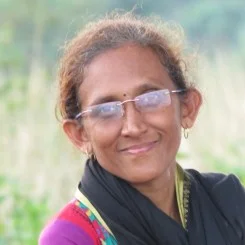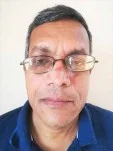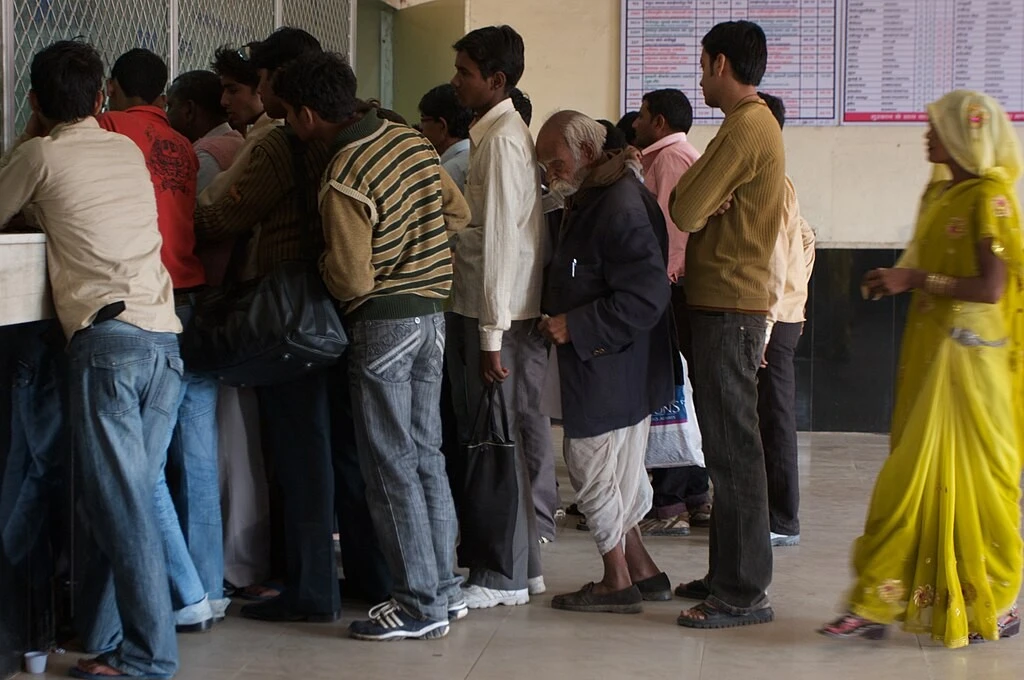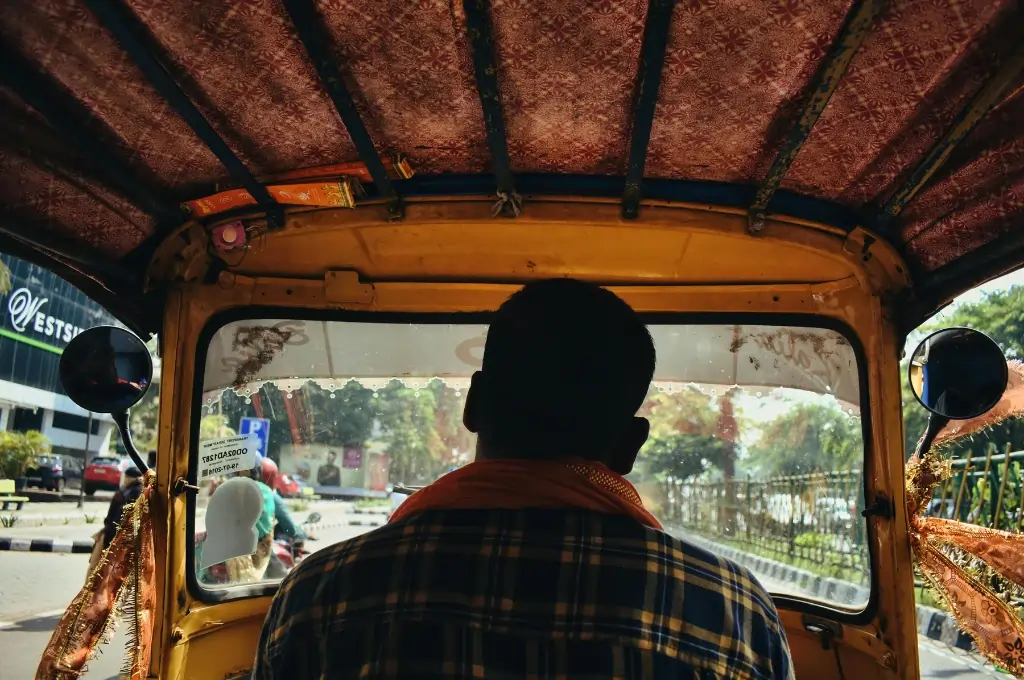Under the Forest Rights Act (FRA), 2006, Adivasi and other forest-dwelling communities can claim individual rights, community rights, and other rights related to forests. FRA applies to reserved forests, protected forest land, sanctuaries, national parks, and farmers’ forest land registered in government records that fall within the boundaries of the village. The FRA states that the gram sabha and the communities living in the village have rights over the forest resources in these areas. These are called community forest resource rights (CFRR).
To claim forest rights under the FRA, the applicant must have occupied the land on or before December 13, 2005. Additionally, other communities that are traditionally dependent on the forest should have lived there for at least three generations. Forest rights claims are investigated first at the gram sabha level, then at the subdivisional level, and finally at the district level. In the event of cancellation of the claim, the reason is recorded and the claimants are informed so that they can appeal against it. Generally, people who have been living on forest land for many generations, cultivating and benefitting from forest produce, and who depend on forests for their livelihood can claim forest rights under the FRA.
The current scenario
The Foundation for Ecological Security (FES) is an organisation that works to conserve land, water, forest resources, and pastures in the country. They also help Adivasi communities in claiming their forest rights. During a CFRR campaign conducted by FES in Chhattisgarh to raise awareness among gram sabhas, it was observed that, even after many years since the enactment of the FRA, it remains challenging for the government machinery to convey information about it to the gram sabhas. Better coordination and communication between three important departments—revenue, forest, and tribal affairs—is required for proper compliance of the FRA. Local organisations working at the grassroots level found it difficult to make much of a difference through their work because of these issues.

In such a situation, there are two options: Either people (or communities) can claim CFRR themselves or nonprofit organisations can contribute towards such efforts. Difficult legal language poses the first obstacle here. Implementation of any law becomes possible only when people possess knowledge and an understanding of it. This is where nonprofits such as FES have a role to play. FES has taken the initial step of simplifying legal language and making it more accessible to the general public, and outlines in eight steps what communities can do to achieve their forest rights.
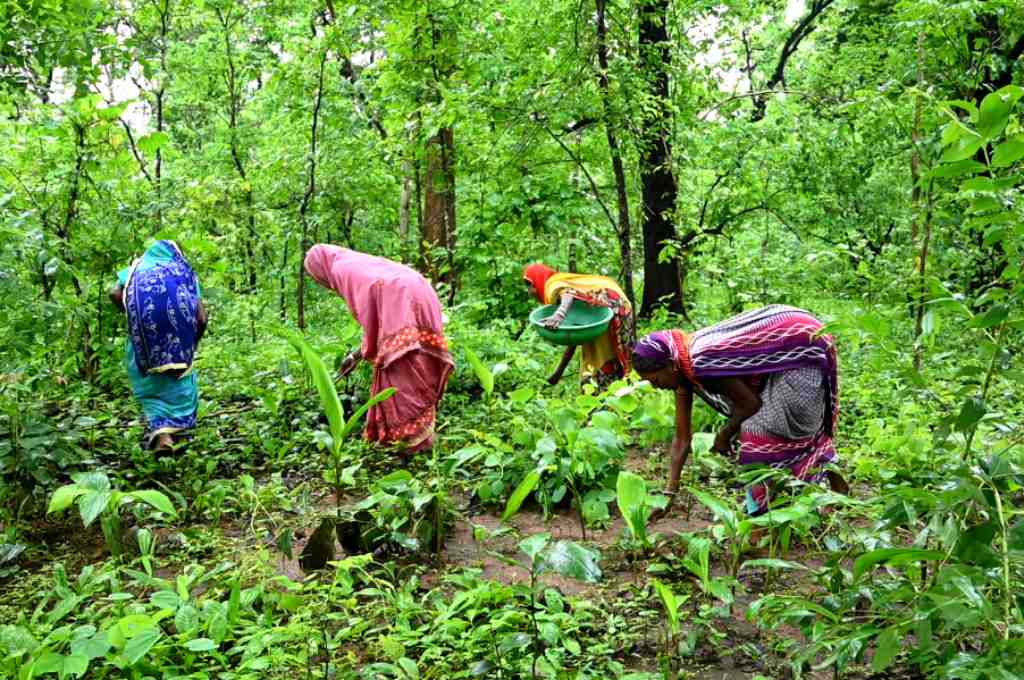
What is the process of claiming forest rights?
1. Gram sabha meeting
People who meet the aforementioned criteria can come together to claim their community forest rights. To initiate this process, it is necessary to convene a gram sabha. During this meeting, decisions regarding applying for a CFRR claim and its approval are made. There are some areas that fall under the purview of community forest rights, which need to be differentiated from those that fall under individual rights. Details of the gram sabha proceedings and the topics discussed are communicated to the subdivisional level committee (SDLC). This gathering concurrently establishes the forest rights committee (FRC), tasked with overseeing and guiding the application procedure. The gram panchayat, particularly the panchayat secretary, supports the communities in this process. Following this, a core group is established to identify the traditional boundaries. To facilitate this, the chairman and secretary of the FRC issue a notice with the names of the core group members and details—including date, venue, and time—of the upcoming meeting.
However, there are certain challenges in this phase. Often, when the gram sabha convenes a meeting to put forward an FRA proposal, the panchayat secretary may not know about the event and thus is unable to contribute. Even if the panchayat secretary is present, there is no guarantee of their familiarity with the FRA or CFRR. Moreover, it is important to involve government representatives such as the patwari (village-level official) and forest guard, but this can be a complex task. The absence of a clear window for submission of the application at the block level further complicates matters, with different states or districts making their own arrangements. All these factors create significant obstacles for the gram sabha. People, communities, or nonprofit organisations demanding FRA should be prepared for the likelihood of navigating various block-level government offices throughout the entire process. These issues arise from the lack of a standardised system or order across most states.
2. FRC meeting
The second stage is the FRC meeting that is held to initiate the claims process. During this meeting, the steps and methods of claims preparation are discussed and responsibilities of the various tasks are distributed among people, who are then accountable to the FRC and the core group.
If you are a nonprofit associated with FRA, you must ensure that the volunteers involved in these efforts are from the same community that you are working with. Based on their on-ground experience, experts assert that, so far, professionals have not succeeded in making this happen. If we simply consider the example of language, we find that many words and terms are different in different regions. In such a situation, adapting the process and giving responsibilities to people keeping in mind the regional language and traditions can offer better results.

3. Visual map of village boundaries
Generally, the people living in a village know how far their village extends; often they have their own symbols to estimate the boundary of the village.
In this third step, the FRC, together with the core group and representatives of all the bordering villages, determine the boundaries of the village. Village elders, women, and people with traditional, local knowledge participate in this. In Chhattisgarh, these communities include the Vaidyas, Sirahas, and Charvahas. The FRC also calls the forest department’s beat guard, the patwari, and the panchayat secretary, who are sent information about this (in the format 5C prescribed by the government). In the presence of all these representatives, a visual map of the boundaries, a list of forest resources, and a claims form are prepared. A claims register is maintained to keep track of all the information regarding these claims.
There are challenges during this phase as well. As mentioned above, while working on the FRA, it is important to have an understanding of the area as well as the people living there and their traditions. If we consider the example of creating a visual map, in Bastar, a temple might be regarded as the boundary, whereas in Jaspur it could be something different. The traditions or beliefs of a village may vary from those of its neighbouring village, a factor that both communities and nonprofit organisations should acknowledge. Failure to do so often results in border disputes, which are then resolved by the SDLC.
4. No objection certificate
Before claims are sent to the SDLC for verification, maps are prepared taking the boundaries into account. To make these maps, the forest department’s GPS machine is used. At this stage, a problem that often arises is the unavailability of the GPS machine. In such circumstances, using a mobile phone may seem an option, but it is not recommended since government departments do not recognise the information obtained this way. Furthermore, the availability of smartphones in remote forest areas is an issue.
In addition to the map, other evidence, such as statements from elders of neighbouring villages and no objection certificates from the FRCs of those villages, is also obtained to confirm that the boundary has been accurately determined, and that they have no objections to it. Once the boundary is established, the FRC communicates this information to the SDLC, requesting them to send their representatives for verification. Additionally, documents that confirm the community’s use of forest land are collected.
5. Verification group
In the next stage, the SDLC sends a group to verify the claims and documents. The members of the group examine all the evidence related to community forest rights and submit the verification report before the SDLC. It is the responsibility of the FRC to present these before the gram panchayat.
6. Presentation of prepared claims to the gram sabha
The next step is to present the claims to the gram sabha. The details of all the decisions and consent documents of the gram sabha are prepared and recorded in a proposal register. After taking the signatures of all the members, a copy is kept in the forest rights claims register. It is sent to the SDLC in the format prescribed by the government, along with all the necessary documents.
7. Subdivisional level committee
The SDLC, after receipt of the claims, gives an acknowledgment with the date to the concerned gram sabha. After this, it investigates the claims at its own level and, if found correct, sends them to the district level committee (DLC).
8. District level committee
In the final stage, if the forest rights claims are found to be valid, the DLC issues authorisation letters to recognise and publish the claims after finalising the details.
If you are a nonprofit organisation, what do you need to keep in mind?
Those leading CFRR campaigns in Odisha, Jharkhand, and Telangana have experienced that securing forest rights depends a lot on how the government machinery of a state works. During their efforts, the organisations have to first keep in mind that this is a central government law, that is, it is uniform across the country. This means that no state can make its own changes in the provisions or in the way it is implemented. It is also often seen that stakeholders such as the panchayat secretary do not know how to implement this law. Cooperation with government departments is necessary in whichever area one is working in. Moreover, it should be noted that the government often has limited field staff. Therefore, efforts should aim to enhance communication and coordination among various departments such as tribal affairs, forest, and revenue, with the goal of strengthening compliance. Efforts can be initiated at the district level by identifying resource persons, building their capacity, and then connecting them with communities. Nonprofits and resource persons should be prepared to form partnerships with government departments and work with them to implement the law. Only after this can organisations proceed to the stage where they inform people about the process to claim forest rights.
The steps of the process are taken from here.
—
Know more
- Learn how a women-led forest stewardship scheme in Odisha strengthened the FRA.
- Read this article to learn how the Forest Conservation Rule 2022 weakens the power of the gram sabha.
- Learn how the limitations of the FRA have consequences on forest-dwelling communities in Himachal Pradesh.

